Shortly before 3 a.m. on April 21, 1926, he was born one of the daughters of Prince Albert, Duke of York (the future George VI), and his wife Elizabeth.
Few could have guessed it at the time, but that little girl would go on to become perhaps the most recognizable British face of the century.
- Why my father gave away his three children to the North Korean government
- Anna Delvey, the false heiress who deceived the high society of New York and whose life of luxury left large debts unpaid
- Tragedy in Petrópolis: “It took me nine years to get pregnant. Now I lost my daughter.”
Although she was third in the line of succession at birth, the abdication of her uncle Edward VIII in 1936, and the death of her father, King George VI, made her Queen of Great Britain and Northern Ireland on February 6, 1952.
Since then, the queen Isabel II has been a constant face in a changing world.
When you celebrate your Platinum Jubilee, which marks the 70 years on the thronewe tell you with numbers details that are part of your life.
25,569 +
On the morning of February 6, 2022, it was 70 years since her accession to the throne in 1952: Elizabeth II had reigned for 25,569 days of remarkable social change.
This made her the monarch with the longest reign in British history.
Who until now held such a title was Queen Victoria, who reigned for 63 years and seven months, or 23,226 days, 16 hours and 23 minutes to be precise, from June 20, 1837 until her death in 1901.
But to become the monarch with the longest regency of any sovereign state in verifiable history, she will have to remain on the throne. on May 27, 2024.
If so, it will take the record from the Sun King, Louis XIV of France. The medieval monarch, who converted a modest hunting lodge into the magnificent Palace of Versailles and turned France into a world power, ruled for 72 years and 110 days.
14 and 54
The queen is also the head of state of 14 other countries of the Commonwealth of Nations: Antigua and Barbuda, Australia, the Bahamas, Belize, Canada, Grenada, Jamaica, New Zealand, Papua New Guinea, Saint Kitts and Nevis, Saint Lucia, Saint Vincent and the Grenadines, the Solomon Islands, and Tuvalu .
Furthermore, he is the ceremonial head of that commonwealth, an association of 54 nations, most of which were ruled by the British at some point in history. All but two, Rwanda and Mozambique, were part of the British Empire.
The Commonwealth is inextricably linked to the government of Elizabeth II.
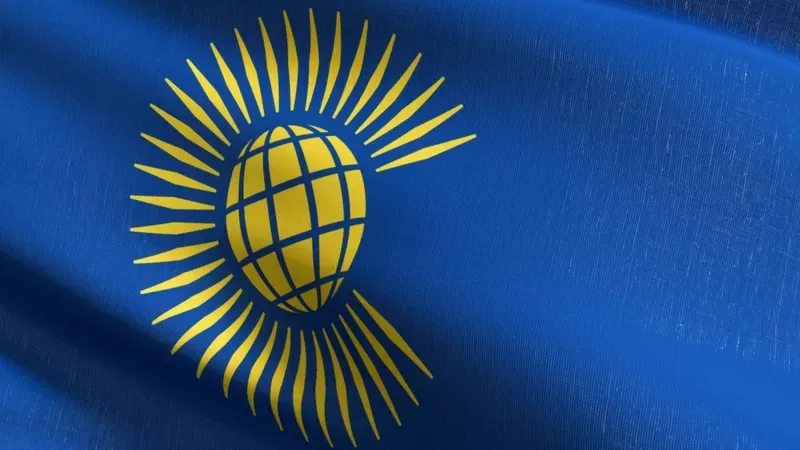
“Within the first 12 years of his reign the empire virtually disappeared, to the point that by 1965 the term ‘British Empire’ had ceased to be commonly used,” writes historian Ashley Jackson.
“With the rise of a multiracial Commonwealth of independent nations with divergent interests, the queen’s role became one of providing continuity during the transformation.”
95 x 2
At 95, Elizabeth II is also the longest-serving sovereign in the United Kingdom and the oldest in the world.
70 of those 95 years of life have been fulfilled twice, since the queen has two birthdays: the real one, which is on April 21, and the official one, in June, usually on the second Saturday of the month.
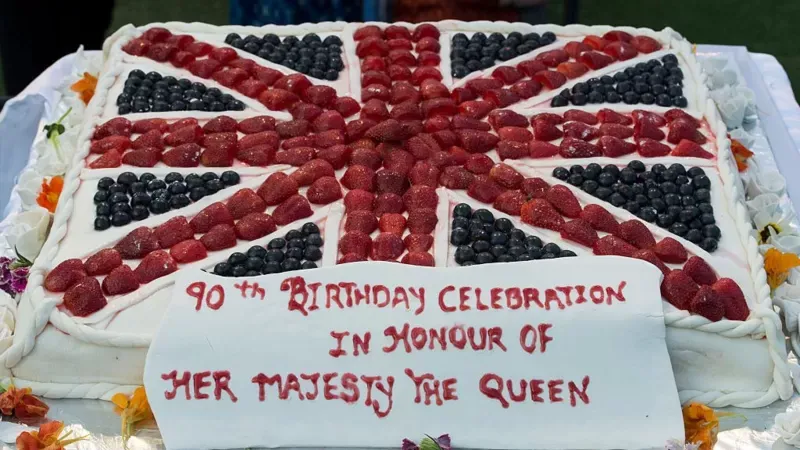
The double birthday tradition began in 1748 with George II, whose actual birthday was in November, a highly unreliable month in terms of good weather for public celebrations. Edward VII (1841-1910), who was also born in November, had an official birthday in the summer.
The queen’s April birthday, however, does not go unnoticed. It is marked by salvos of cannon fire: one at Hyde Park or Green Park, another at Windsor Great Park and a third at the Tower of London.
14 and 7
Has been 14 UK Prime Ministers during the reign of Elizabeth II, each of whom has met the queen weekly at Buckingham Palace, a tradition that began with Winston Churchill.
“They enjoyed their weekly gatherings, laughed a lot, and were united by a shared interest in horses and racing,” writes author Francis Beckett.
The same cannot be said for all of their premieres: the queen was “correct but cold” with Edward Heath; she was “anxious about the human cost of the Thatcherism”; and he turned down the offer to call Blair ‘Tony’.
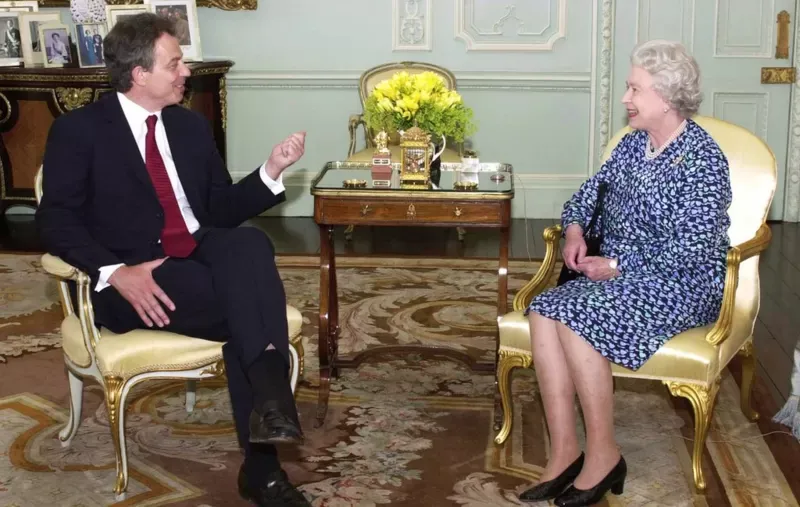
An equal number of American presidents have occupied the Oval Office during the reign of Elizabeth II.
The first was Harry Truman, whom he met on his first visit to the United States in 1951, when he was still a princess; the most recent is the current president Joe Biden, who visited Windsor Castle in 2021. They met for the first time in 1982, when he was a senator.
The only one of those 14 US leaders that the queen never met was Lyndon Johnson.
In the Vatican there has been seven roman catholic popes during his reign: Pius XII, John XXIII, Paul VI, John Paul I, John Paul II, Benedict XVI and Francis.
116
Although the queen has never had a passport, since these are issued “in the name of Her Majesty”, which means that she would issue one to herself, it is perhaps the head of state who has traveled the most in history.
She has made 265 official visits abroad and visited at least 116 countries to date, many as part of her duties as head of the Commonwealth of Nations.
Rwanda and Cameroon are the only two of the 54 Commonwealth countries that he has not yet been to.
6
When he is at home, he spends most of his time in six royal residences:
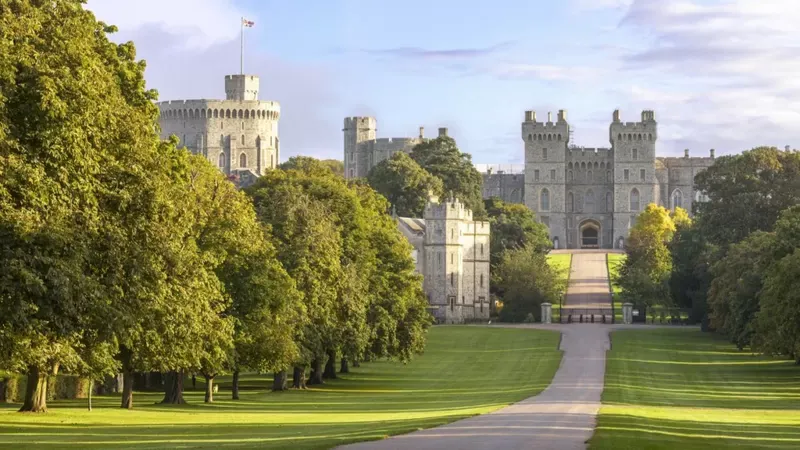
- Buckingham Palace | Official residence of Elizabeth II in London, as it has been for all British sovereigns since 1837. Today it also serves as the administrative headquarters of the monarch.
- windsor castle | The oldest inhabited castle in the world, and where the queen spends many of her private weekends. William the Conqueror chose the site for the castle, following the Norman conquest.
- Balmoral Castle | The Queen’s private Scottish estate, a majestic estate located by the River Dee in Aberdeenshire. Every year, Elizabeth II spends the summer there.
- Sandringham House | Elizabeth II’s private country home in Norfolk, where the royal family spends Christmas.
- Holyrood Palace | The main royal residence in Scotland, based in Edinburgh. The queen usually spends a week there in late June or early July.
- hillsborough castle | The official residence of the Queen in Northern Ireland and also the official residence of the Secretary of State for Northern Ireland.
30, 100 and 100%
The queen is known for her love of the Pembroke Welsh corgi, a breed of dogs Very ancient shepherds native to Great Britain.
He fell in love with them from his childhood, and they gave him the first, Susan, for his 18th birthday.
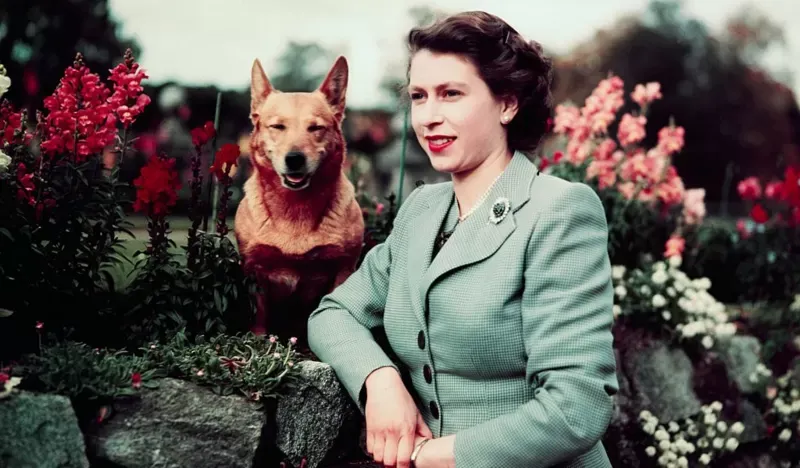
During his reign he has had more than 30.
The royal house witnessed the birth of a new breed of dogs: the dorgi. It was a hybrid that came about when one of Elizabeth’s corgis mated with a dachshund named Pipkin from Princess Margaret.
But corgis aren’t the only animals in the queen’s life.
Isabel II has a great interest in horse riding and, in particular, in the breeding of horses of race.
It is estimated that the more than 100 he has had over the decades have scored more than 1,600 race victories. And he is estimated to have won £6.75 million (about US$9.15 million) in prize money.
On the other hand, Elizabeth II is the owner of 100% of the swans unmarked of the realm.
Swans were once a prized food at banquets, and since the early 12th century the Crown has had a right to all unmarked white swans found on open water.
Today the queen retains the right to claim ownership of any unmarked white swan swimming in open water, but this right is exercised primarily in certain reaches of the River Thames, and the swans are never eaten.
RECOMMENDED VIDEO
IT MAY INTEREST YOU
- Anna Delvey: what is truth and what is fiction in the series about the false heiress who defrauded the high society of New York
- “Inventing Anna”: the true story of Anna Sorokin, the false millionaire who inspires the series
- Police sentenced to 2 years in prison for mistaking a gun for a taser and killing a young black man in Minneapolis
- Why does a piece of fruit cost $200 in an old London market?
- Avocado from Mexico in the US: the threat of organized crime that paralyzed the millionaire export between both countries
Source: Elcomercio

:quality(75)/cloudfront-us-east-1.images.arcpublishing.com/elcomercio/YS64PTKY5ZAQLEIY5H7DVID23I.webp)

:quality(75)/cloudfront-us-east-1.images.arcpublishing.com/elcomercio/F53QICBAFRF3VEGJJYZRUWBZ2U.jpg)



